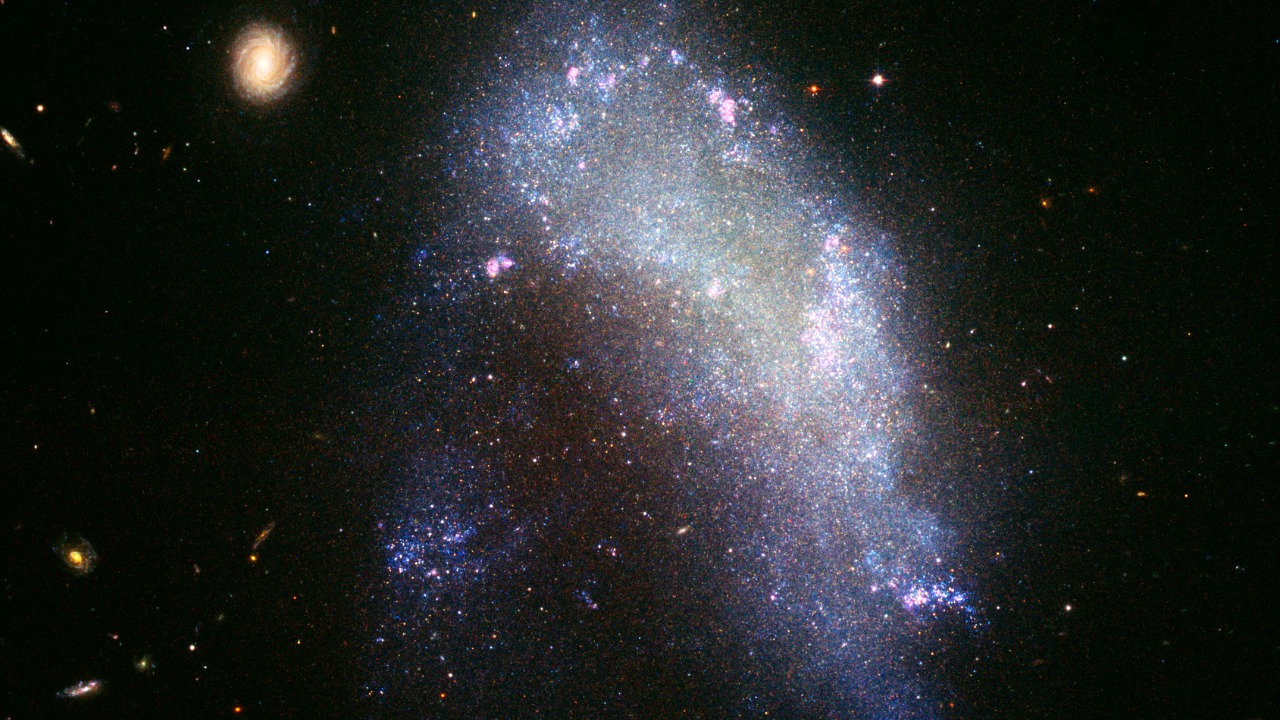
NASA’s Hubble Space Telescope has made a significant breakthrough in the field of astronomy by refining the age of the Methuselah Star, also known as HD 140283. This star, first identified in 1908, was initially believed to be older than the universe itself, a paradox that puzzled scientists for years. Now, thanks to Hubble, the Methuselah Star’s age has been estimated at approximately 14.27 billion years, bringing it in line with the estimated age of the universe at 13.8 billion years.
Discovery and Naming of the Methuselah Star
The Methuselah Star, officially catalogued as HD 140283, was first discovered during a survey at the Cape of Good Hope in 1908. The star’s informal name, Methuselah, was inspired by the biblical figure who lived for 969 years, reflecting the awe of early astronomers at the star’s apparent age. Notably, the star was identified for its low metal content, a characteristic that led to its classification as a Population II subgiant.
This star is a key example of early universe stellar evolution due to its low metallicity, with an iron abundance [Fe/H] of -2.4. The low metal content of the Methuselah Star is indicative of its age, as older stars typically contain fewer metals than their younger counterparts.
Initial Age Estimates and the Paradox
In 2000, a study by Bond et al. estimated the Methuselah Star’s age at 16 billion years using data from the Hipparcos satellite. This estimate presented a paradox, as it suggested that the star was older than the universe, which is estimated to be 13.8 billion years old based on observations from the Planck satellite. The star’s position on the Hertzsprung-Russell diagram near the main sequence turnoff contributed to these high age estimates, with its chemical composition of nearly pure hydrogen and helium further complicating matters.
A refinement in 2013 by the same team brought the star’s age down to 14.46 ± 0.8 billion years, but this still posed a challenge to cosmological models. The paradox of the Methuselah Star’s age remained a mystery, awaiting further investigation and more precise measurements.
Hubble’s Role in Refining the Age
The Hubble Space Telescope played a crucial role in refining the age of the Methuselah Star. In 2013, observations using Hubble’s Wide Field Camera 3 provided precise spectroscopic data, which allowed scientists to measure the star’s temperature at 5777 K and determine its surface gravity. This data was incorporated into an analysis by Howard Bond’s team at Pennsylvania State University, which also included Hubble’s distance measurement of 190.6 light-years with 2% precision.
The result of this analysis was a refined age estimate for the Methuselah Star of 14.27 +0.8/-0.4 billion years. This estimate overlaps with the age of the universe, reducing the paradox through better parallax and atmospheric modeling.
Implications for Early Universe Formation
The refined age of the Methuselah Star aligns with the era of the first stars forming 100–250 million years after the Big Bang, according to models from the James Webb Space Telescope’s expected insights. The star’s low metallicity is evidence of it being a second-generation star, forged from the remnants of the first massive stars that went supernova.
This discovery helps to resolve tensions in Big Bang nucleosynthesis, confirming the universe’s expansion rate and matter composition from cosmic microwave background data. The Methuselah Star’s age and characteristics provide valuable insights into the early universe and the formation of the first stars.
Future Observations and Ongoing Mysteries
While the Hubble Space Telescope has provided crucial data about the Methuselah Star, there are still mysteries to be solved. The James Webb Space Telescope is planned to follow up with further observations to probe the star’s composition for heavier elements formed in the early universe. There are also remaining uncertainties, such as potential variations in helium content that could adjust the star’s age by up to 1 billion years.
As the Methuselah Star continues to evolve, it is expected to enter the red giant phase in the next few billion years, according to current models. The ongoing study of this ancient star will undoubtedly continue to provide valuable insights into the early universe and the life cycles of stars.